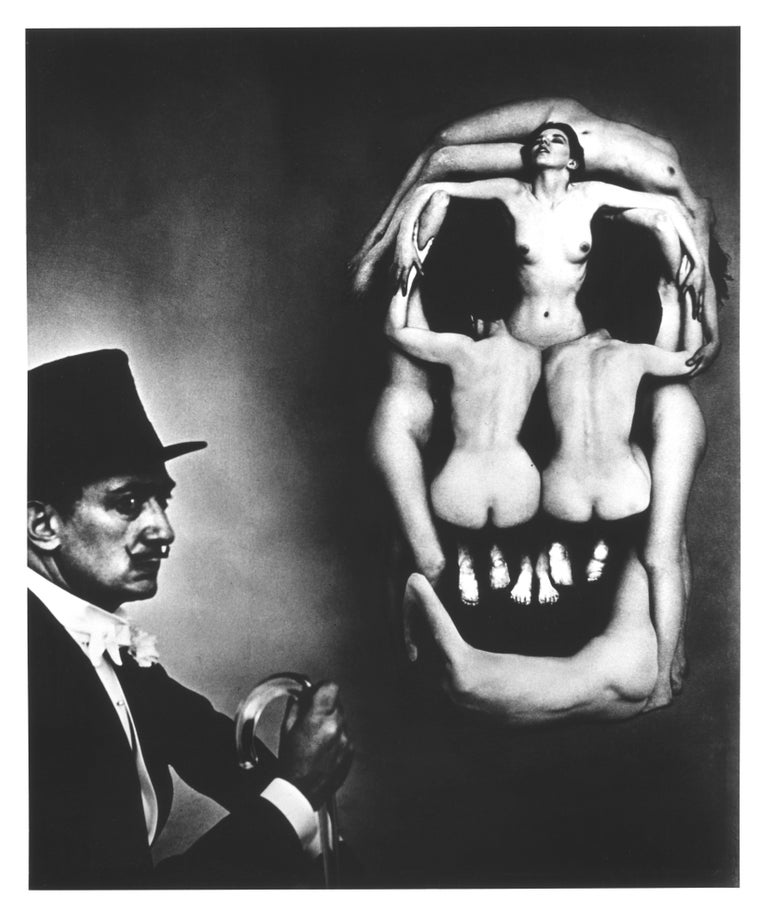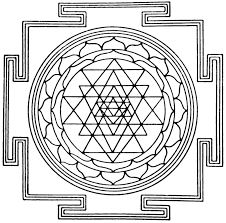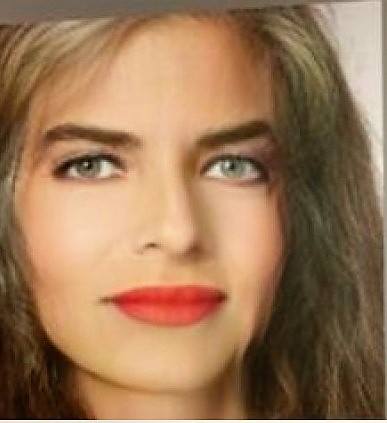Mysticism or Magic in Art of Dali
Art, Symbols and Signs, Spirituality, defaultLearning about sub-consciousness and art from Jung and Dali
by Nataša Pantović
Within us we carry a kind of artistic memory which transcends cultures, the national borders and the limitation of time, and space, it is a type of a psychological inheritance of humanity.
Jung suggests that if an individual is able to integrate the unconscious ideas into the conscious activity and understanding, this idea acts as the muse of ancient Greek mythology; guiding, and inspiring the artist to create artworks of great power and complexity, giving us spectators a great insighinto human nature.
Within my journeys, whenever I encountered the art works of Dali, whether in Tate museum in London, Dali's museum in Barcelona, Spain or in Venice, I would stop in Wonder.

Voluptas Mors or Voluptuous / Desirable Death, 7 Women forming a human skull for Salvador Dali’s 1951 photo-shoot
check also Mysticism and Magic
Dali was fascinated with sur-real, photography, dreams, and psychology.

Dali Atomicus, photo by Philippe Halsman 1948
Salvador Dali describes his own art-work as "hand painted dream photographs." You must remember the time when when Salvador Dalí and Alfred Hitchcock brought surrealism to Hollywood with his dream sequence for his psychoanalytic thriller Spellbound (1945).

Salvador Dali Dream set for Spellbound. 1945. directed by Alfred Hitchcock, Museum of Modern Art.
Reading Dali's scrieen-play, we are all deeply sorry that his 1937 Giraffes on Horseback Salad, featuring scenes of giraffes in gas masks set aflame and the producer catching dwarves with a butterfly net, was declined by the Marx Brothers studio for being too excentric and surreal.
Salvador Dali film script “Surealist woman” or Giraffes on Horseback Salad
The script “Surealist woman” is owned and was made available by the Fundació Gala-Salvador Dalí in Figueres, Spain
"The “Surrealist woman” is lying in the middle of a great bed, sixty feet long, with the rest of the guests seated around each side. Along the bed, as decorations, are a group of dwarfs caught by Harpo. Each is supported on a crystal base, decorated with climbing flowers. The dwarfs stay as still as statues, holding lighted candelabras, and change their positions every few minutes.
While love tears at Jimmy’s heart, Groucho tries to crack a nut on the bald head of the dwarf in front of him. The dwarf, far from looking surprised, smiles at Groucho in the most amiable way possible. Suddenly in the middle of dinner, thunder and lightning begin inside the room. A squall of wind blows the things over on the table and brings in a whirl of dry leaves, which stick to everything. As Groucho opens his umbrella, it begins to rain slowly.
Although the guests show surprise, they try for a time to continue their meal, which is, however, brought to an end by showers of rain. In a panic, the guests rush in all directions, while from the hall a torrent of waters washes in, bringing with it all sorts of debris, including a drowned ox. A shepherd makes a desperate effort to collect his flock of sheep, which climb up on the sofas and the bed in an effort to avoid being carried away by the water. A cradle is carried in on the flood containing a baby crying piteously, followed by the mother, hair streaming behind her.
The “Surrealist woman” crosses several rooms - rain falling more and more heavily - but stops in front of a door and hesitates. She goes in, followed by Jimmy, who has never left her side. On the other side of the door, there is no more rain and everything changes. It is the childhood room of the “Surrealist woman,” where by her orders nothing has been touched since she was ten. Overcome by emotion, she sits down in front of a mirror at a child’s table.
Meanwhile, the Marx Brothers announce that a great fête is going to take place. For this, large preparations have to be made. Four acres of desert are cleared of cacti and of all vegatation and flattened out like a tennis court. The undergrowth that is cleared away is piled around the field to make a barrier, behind which stands are erected for spectators.
There is a competition for the person who can ride a bicycle the slowest with a stone balanced on his head. All the participants have to grow beards. In the middle is a tower in the form of a boat’s prow to be used as a judge’s box.
Before the spectacle begins, the vegetation around the fields is set alight. This prevents the spectators in the stands from seeing anything at all. From the top of the tower the sight is wonderful, with columns of smoke going up vertically, surrounding hundreds of cyclists -; each balancing a rock on his head - threading their way with the sun setting behind.
In the tower, Harpo is playing his harp ecstatically, like a modern Nero. By his side, his back to the spectacle, Groucho is lying, smoking lazily. Nearby, the “Surrealist woman” and Jimmy watch the spectacle, lying side by side. Behind them, Chico, dressed in a diving suit, accompanies Harpo on the piano. Scattered across the gangway leading to the tower, an orchestra plays the theme song with Wagnerian intensity as the sun sinks under the horizon.”
Salvador Dali
Art, self-expression and divine

Sri Yantra and four elements square Hindu mysticism
An appreciation of art, music, or poetry must be developed within each one of our souls. .
The desire to cultivate a sense of the transcendent experience is within each one of us.
With art we reclaim our title of being Human and experience the divine through the artist.
Painting symbols and mandalas, for example, check Mandala Meaning, an artist or consciousness researcher connects with a deeper meaning of the circle in many cultures, often representing divine, Godor Hindustan Kundalini, the Life Force that circles through its eternal return, or the Taoist unity of opposites, of Yin and Yang into oneness.
Carl Jung "ability to reach a rich vein (the unconscious / sublime) in such materials and to translate it effectively into philosophical literature, music or scientific study is the hallmark of what is commonly called genius."
Jung concluded that the unconscious was the main stimulus behind human expression, and the health or pathology of that expression depended on the capacity of the individual to integrate the imaginative and creative insights from the unconscious into the conscious.






Mysticism or Magic in Art of Dali No comments on Mysticism or Magic in Art of Dali: